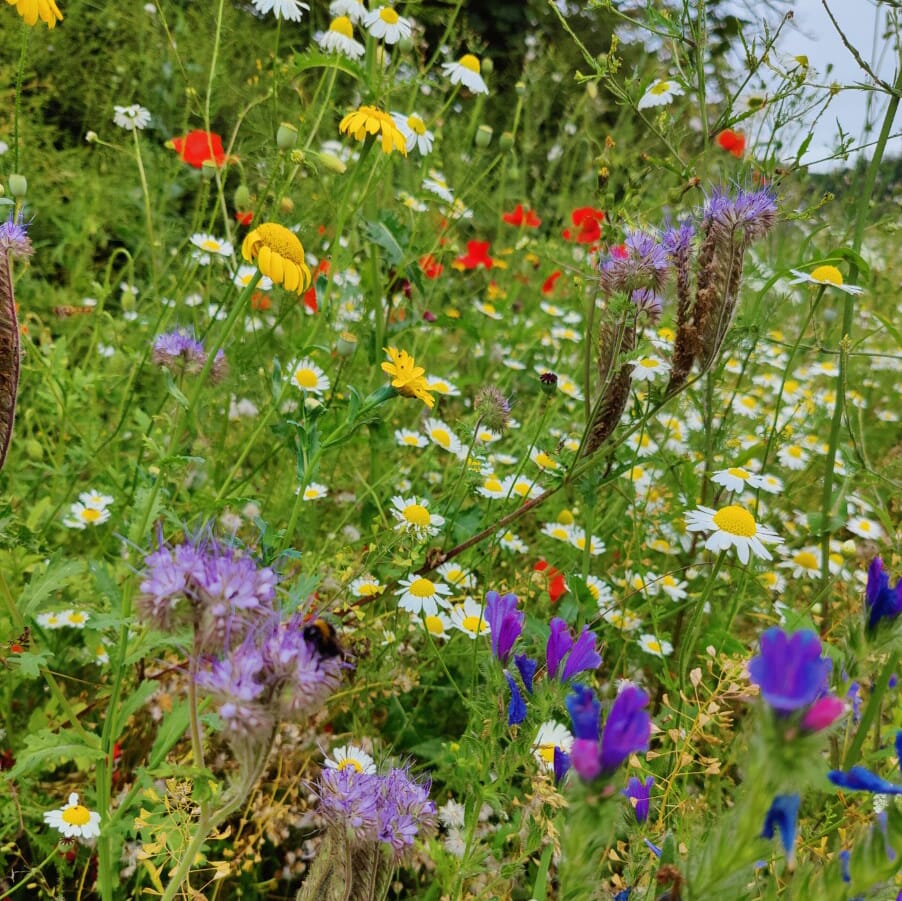Your mini basket



As cities such as London grow, houses, offices and new developments take the place of green space because the land is more profitable after it has been developed. This does, however, pose a number of problems. By removing vegetation, air quality can reduce and pollution can become worse; water runoff becomes faster which puts more pressure on drain and sewer networks and can ultimately lead to flooding.
Studies show that stress can increase just by removing green space. A person’s heart beats an average on 5 beats per minute less if there is just more vegetation around them. So although there are financial benefits to developing green space, is it really good for us?
Despite the health implications nearly every city is continuing to renovate what’s left of its green spaces in favour of more places to live and work. To try and combat this, green roofs are sometimes specified to replace what greenery was lost by the new build. This helps to combat the problems of pollution and storm water runoff as well as aiding with insulation and reducing energy bills, but is it enough?
Unfortunately, not all buildings have green roofs specified, so not enough is being done to replace the green space lost. Not only is this an issue for our own health and wellbeing, but it poses a great problem for the local wildlife. Without a pathway of vegetation through urban areas, many animals and insects cannot survive.
Are we doing enough to replace the wildflower we are losing through development?
The wildflower meadows will be put in place in 22 of Brent Council’s parks in north London.
A recent study blamed the decline of wildflowers as a factor behind the drop in pollinating insect numbers in the UK since the 1980s.
Councillor Krupa Sheth said bees were “so important for pollinating the crops that provide the food that we eat”.
She added: “We must do all we can to help them to thrive.”
Related products & categories
